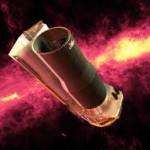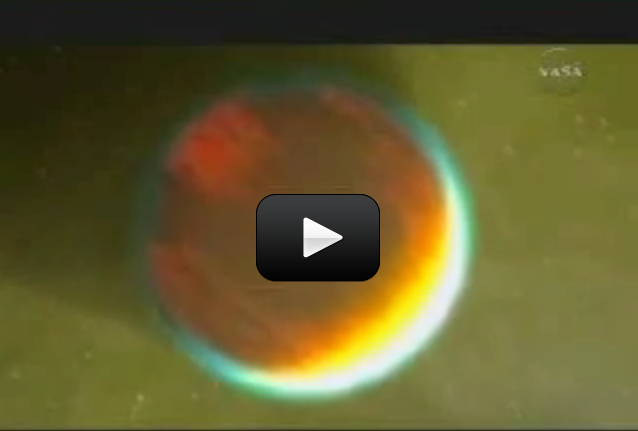 Lyman Spitzer was a theoretical physicist and astronomer who worked on star formation and plasma physics. The scape telescope named after him is equipped with infrared imaging capability that enables the telescope to see through dust and gas clouds to reveal what lies underneath.
Lyman Spitzer was a theoretical physicist and astronomer who worked on star formation and plasma physics. The scape telescope named after him is equipped with infrared imaging capability that enables the telescope to see through dust and gas clouds to reveal what lies underneath.
Spitzer is part of the 1970s idea NASA conceived for the Great Observatories. The idea was to have the Hubble Space Telescope operate in the visible range, Chandra which operates in the x-ray, and Spitzer which operates in the infrared. Here’s an informational video about Spitzer:
Subrahmanyan Chandrasekhar was one of the most careful, thorough, and impressive astronomers in the first part of the 20th century who worked in may different areas of astronomy, making great leaps with his discoveries. He won the Nobel prize for his ideas about when and how to get supernova, which he did while traveling on a boat at age 19! Chandra had a very elegant way of using mathematics to describe atmospheres of planets and stellar structures of galaxies. He was one of the few researchers that is able to teach as well as do his own research.
The Chandra X-Ray Observatory is the third of NASA’s Great Observatories. Chandra looks for high energy X-ray radiation, which appears near supernovae, supermassive black holes and neutron stars. Here’s an video about the telescope itself and how difficult it is to observe x-rays:


sorry noise
Pictures didn’t match the “nose”?
on the first video the pictures did not mach the nose